Thinking back on my teaching career, I remember receiving a thoughtfully designed seed pack display in biodegradable planters… accompanied by a beautifully (laminated) sign stating the word ‘sustainability’. (I chuckled at the irony).
That got me to thinking, why are laminated materials still so common in early childhood education and school environments, even in displays about sustainability? Often laminated signs are designed to be displayed for just a few months (sometimes longer) on walls in our foyers and corridors. Without lamination, they could have been reused as drawing paper, folded into paper planes, recycled, fed to the worms, turned into paper mâché… the list of creative, eco-friendly and sustainable options is open without the plastic.
With lamination, however, these items are destined for landfill, where they’ll take hundreds of years to break down. As I began to notice this more often, not only in my own service, but in early learning services, classrooms in schools in the wider community; I started wondering what else might be possible if we reimagined our attachment relationship to the laminator.
The Early Years Learning Framework holds sustainability as a core principle:
“Humanity and the planet we share with all living things face some big challenges. Educators and children have important and active roles to play in creating and promoting sustainable communities…” (EYLF, p.17)
“Sustainable practices are created with children and children are supported to take an active role in caring for the environment and to think about ways they can contribute to a sustainable future.” (EYLF, p.18)
I resonated with this deeply. Could there be another way to honour both our intentions and care for the environment? Is this the moment to make a bold pledge, and ditch the laminator?
Reflective questions
Next time you're reaching into the cupboard for the laminator, take a moment to pause and ponder:
Why am I laminating this?
Is there a more creative, sustainable way to showcase learning or achievements?
Could we use a reusable frame to display it?
What recycled or upcycled loose parts could we use instead?
What would happen if we simply… got rid of the laminator?
Motivated to align my practices with my sustainability values, I donated our service's laminator to the local op shop and started exploring alternatives (straight to the Googles)! At Team Phoenix, our team have noticed many sustainable alternatives in classrooms all over Australia, from displays and signage to locker tags and artwork.
Personalised child-designed locker tags using upcycled loose parts
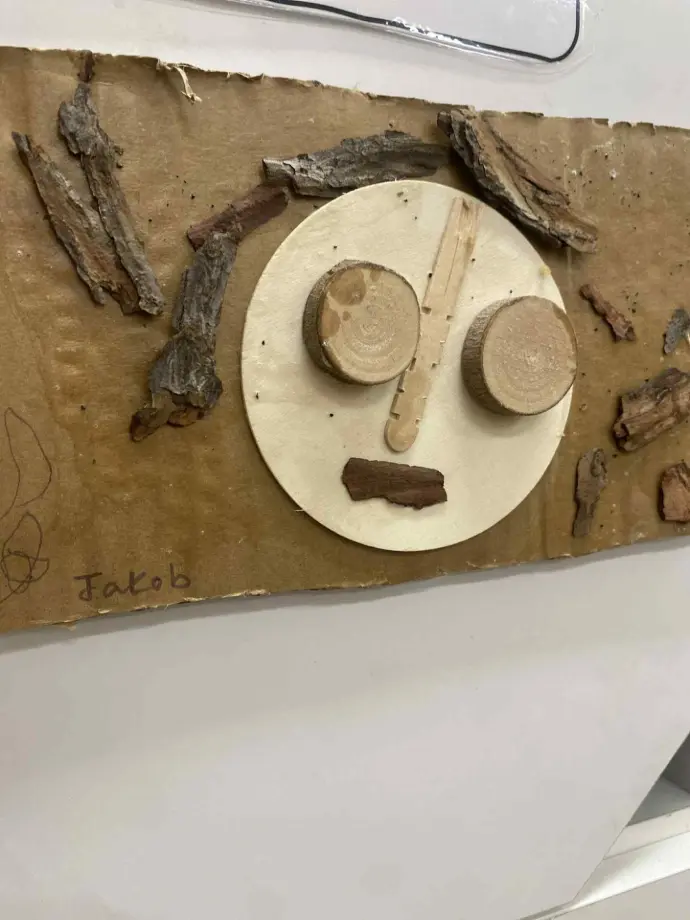
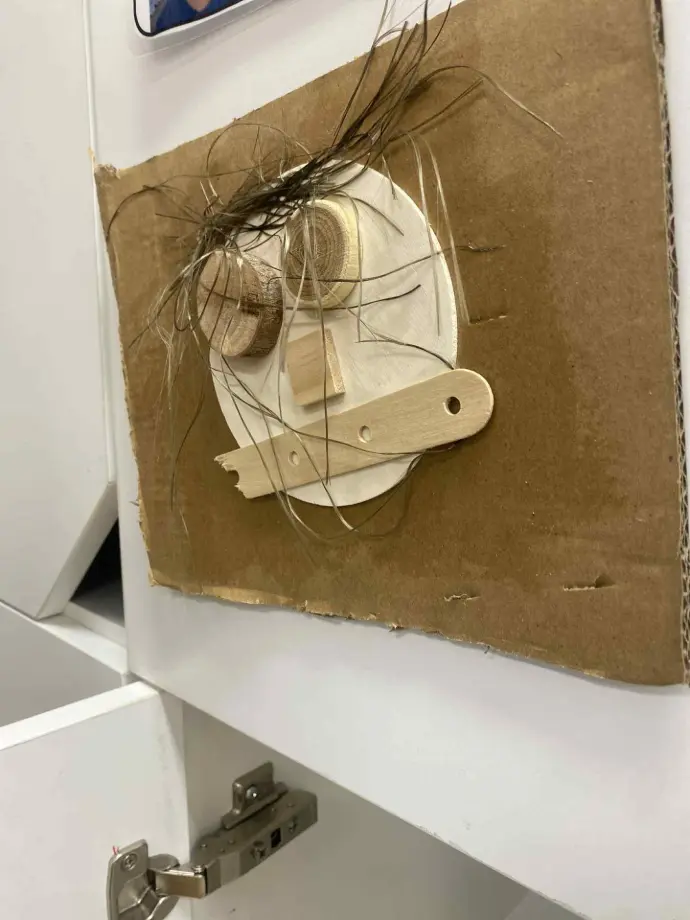
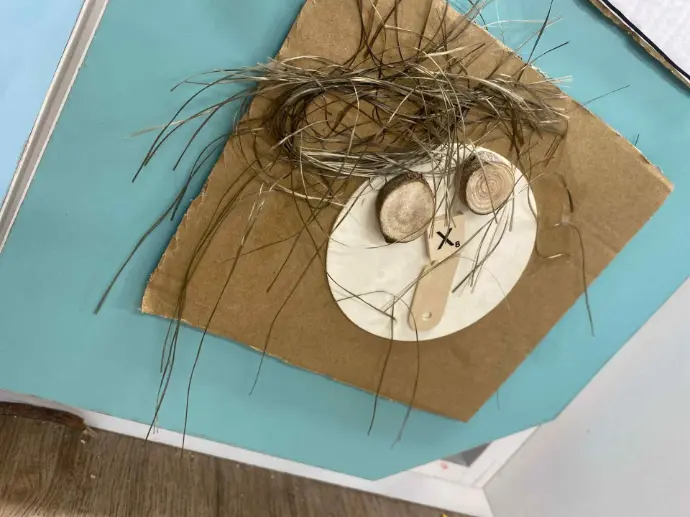
Hallway displays using upcycled boxes to create a 3D look
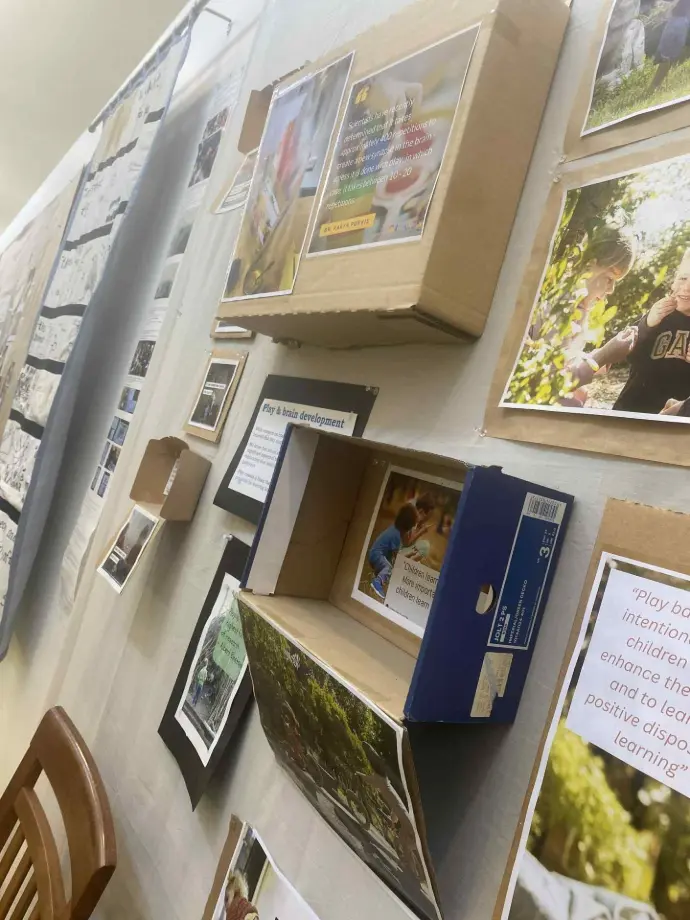
Reusing delivery boxes for eco signage: sturdy and durable without plastic coatings

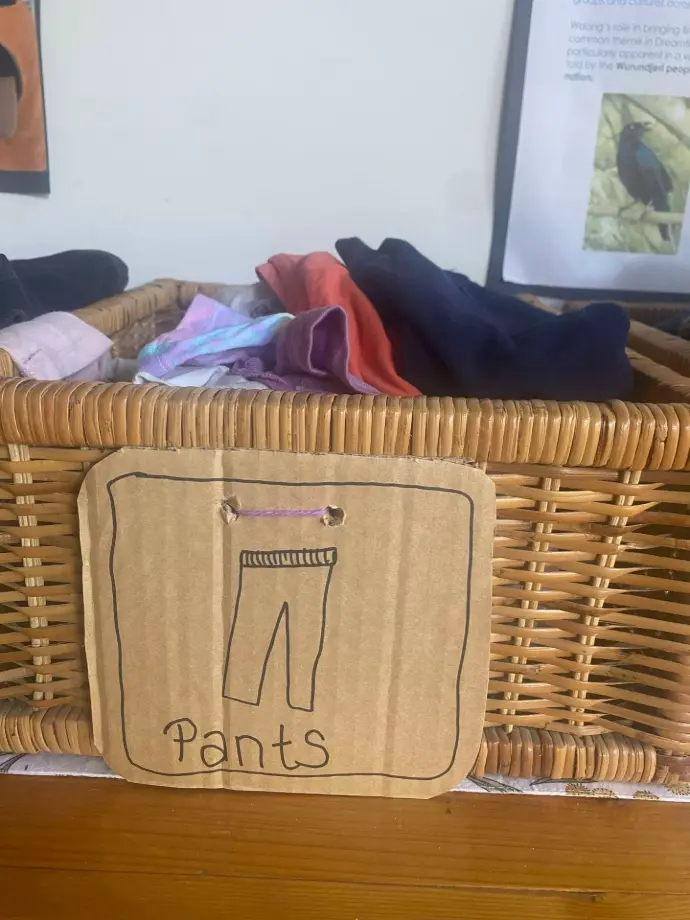
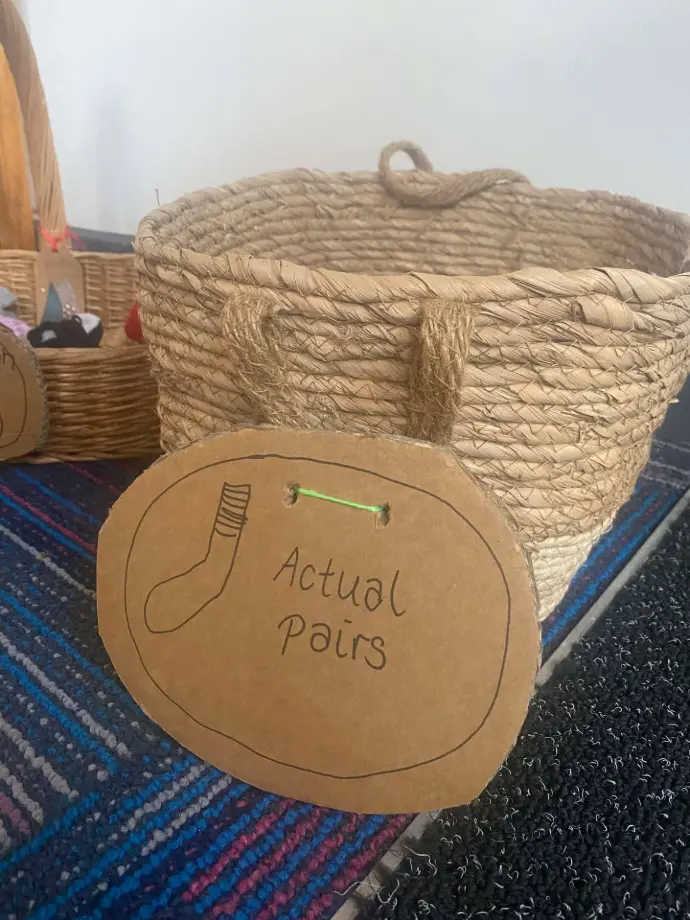
Reusable frames and clipboards
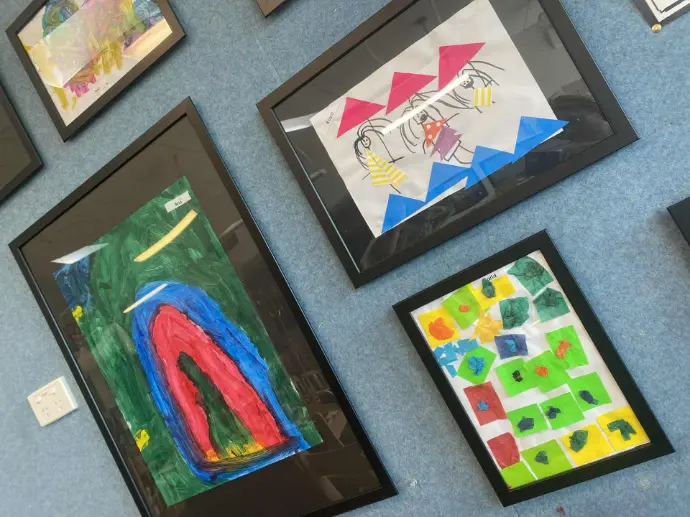
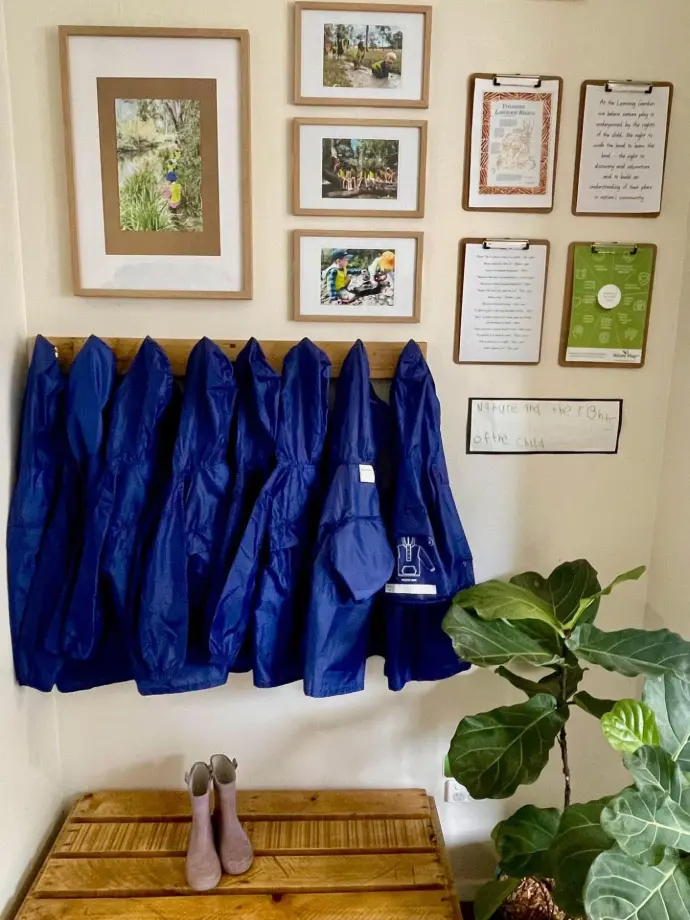
Lets take a moment to pause and reflect on the small choices we make each day... like reaching for the laminator.
These everyday decisions shape the way we model sustainability for children and reflect the values we hold as educators. By swapping out single-use plastic for creative and reusable alternatives, we not only reduce our environmental footprint, but also invite children to be part of meaningful, hands-on change.
What if sustainability wasn’t just something we talked about, but something we lived everyday, through the materials we choose, the stories we tell, and the practices we evolve? Today and everyday let’s lean into possibility, question old habits, and celebrate the power of small steps that lead to big impact.
Author: Linda Price